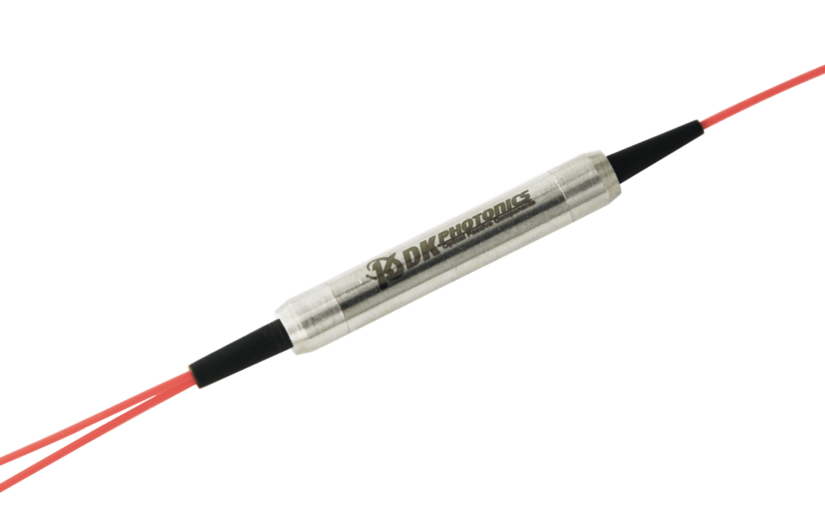Modern laser measurement and positioning systems depend heavily on optical beamsplitters. Although a conventional beamsplitter’s operation is conceptually straightforward, the precision and repeatability of the entire system can be significantly impacted by the performance parameters of the device.
What is a Beamsplitter?
An optical device known as a beamsplitter splits an incident beam of light into two portions. The splitter transmits one part while reflecting the other. If the splitter or reflecting surface is positioned at an angle with respect to the incident light, the reflected light will exit in a desirable direction rather than returning to the source.
Beamsplitters come in two different fundamental categories:
- NPBSs (non-polarizing beamsplitters):
This kind of splitter divides (splits) a beam into two beams, each of which, independent of polarization, is a portion of the incoming beam. In many optical instrumentation applications, non-polarizing beamsplitters are utilized to disperse portions of a laser beam to other optical sub-assemblies.
- PBSs, or polarizing beamsplitters:
The S- and P-polarization components of a beam are separated using a splitter of this kind. Optical instrumentation, laser interferometry, and biomedical applications are just a few of the uses for polarizing beamsplitters. Although polarizing beamsplitters frequently come in cube shapes, unique geometries are also available.
Significant Characteristics
In addition to the qualities relating to a beam splitter’s fundamental function, the splitting ratio, other beam splitter parameters might be significant in applications:
- While some devices are only capable of operating within a specific wavelength range, others are built to operate across the entire visible spectrum. Similar to this, only a limited range of incidence angles may allow beam splitters to function properly.
- The optical losses differ dramatically between various device kinds. For instance, metallic-coated beam splitters have very substantial losses, whereas dichroic-coated devices may have very low losses, meaning that the total output power is almost equal to the input power.
- The damage threshold may also be a factor in the losses, and it can be crucial when used with Q-switched lasers.
- Applications may depend on the spatial layout. Others demand two parallel outputs or some other configuration, while some require that the output ports be positioned at 0° and 90° in relation to the input beam.
- Sometimes a big open aperture is required for bulk optical devices.
How Should I Choose a Beamsplitter?
- Application
The application will decide if the objective is to merely divide and/or combine a single beam of light or whether the objective is to filter by wavelength. Choose a plate or cube-type beamsplitter to divide or combine a light beam. A suitable coating on a dichroic filter is required for wavelength separation. Consider the gradient’s steepness when selecting a dichroic beamsplitter because a steeper gradient offers more distinct demarcation between the wavelengths.
- Source of light
The choice of the beamsplitter is also influenced by the incident light source. A plate beamsplitter will have less chromatic aberration than a cube for white light. Monochromatic light sources give the best performance with cube beamsplitters. A plate beamsplitter would be a better option if the light source is a high-power laser, as the laser light will produce less internal heat.
- Packaging
Another factor to consider is the packaging. There is sometimes insufficient room to accommodate the offset caused by a plate-type splitter as well as its inclination in various devices, such as interferometers. A cube beamsplitter is recommended in these circumstances.
You must take the form factor, glass homogeneity, coating, transmission range, and damage threshold into account when choosing a beamsplitter. Today, you can find a variety of polarisation beamsplitters online.
